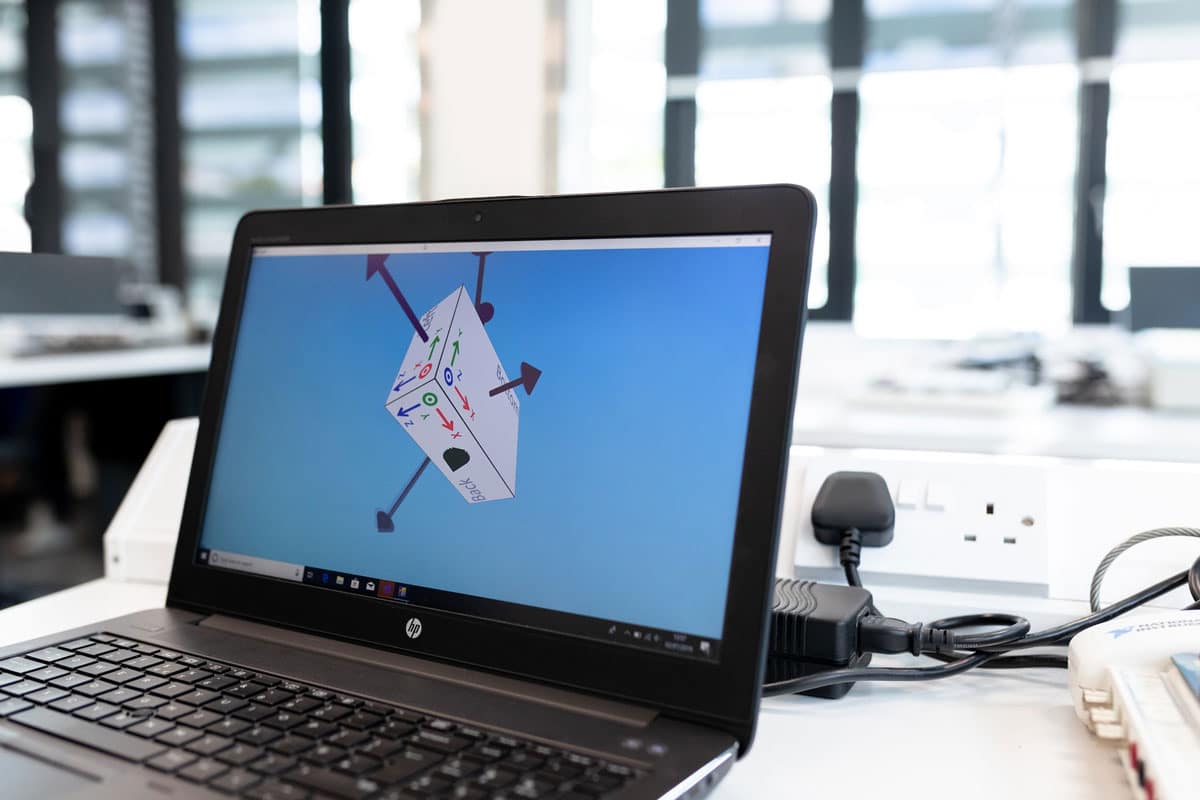

As digital transformation accelerates rapidly, organizations have pivoted into a cloud-native environment to attain the scale and speed needed to meet customer demands. One transition strategy increasing in popularity is the hybrid application space, where workloads function between on-premises and cloud infrastructures. This dynamic requires integrating various technologies, including legacy applications, microservices, and containers, creating silos that must be consolidated with the infrastructure.
With these growing challenges, corporations must maintain a high level of observability to integrate additional capabilities and comprehend the application’s full trajectory. How can you unify your on-prem and cloud infrastructures using an observability approach?
At its core, observability involves gaining insight into each aspect of the application to determine its impact on the end user. However, the telemetry data sets are embedded in each capability function independently, so various departments must manage individual environments. Gregg Ostrowski, the Executive CTO at AppDynamics, shares the fundamentals of building an observability plan, “The strategy from the get-go has to be about aligning resources so that you all have a good understanding of what you’re doing and how it’s impacting the app.” Collaborating with internal departments creates an observability path from the top down, displaying the application’s dependencies and identifying the sources of key performance issues. With observability at the forefront of your hybrid approach, you can develop a strategic plan for transitioning technologies from legacy environments.
After deploying an observability strategy, you can incorporate cloud-based technologies gradually into your tech stack. This necessitates identifying an ideal use case, analyzing each application’s capabilities, and conducting tests to observe results. In industries with stringent regulations, security concerns require companies to maintain sensitive data on legacy applications. In this case, focus on the application’s core functions to preserve fundamental business operations. As you expand your infrastructure, aggregate telemetry data from various software to create a centralized platform that allows you to correlate metrics and gain analytical insights from specific use cases and solutions.
Transferring large amounts of data between environments leads to higher egress fees. You can reduce these costs by restructuring polling intervals to shift only the essential data. Telemetry data is customary for cloud environments, so compiling and relocating it ensures you have the necessary information while minimizing data flow.
Egress fees are separate from costs associated with cloud workload. Expanding resources in the cloud without an optimization and management strategy can escalate rates tremendously. It’s pivotal to justify monthly costs per workload by aligning user experience goals and scaling expectations with your ideal margins.
Observability is mandatory in outlining an effective transition into the cloud and developing technical solutions to customer problems.